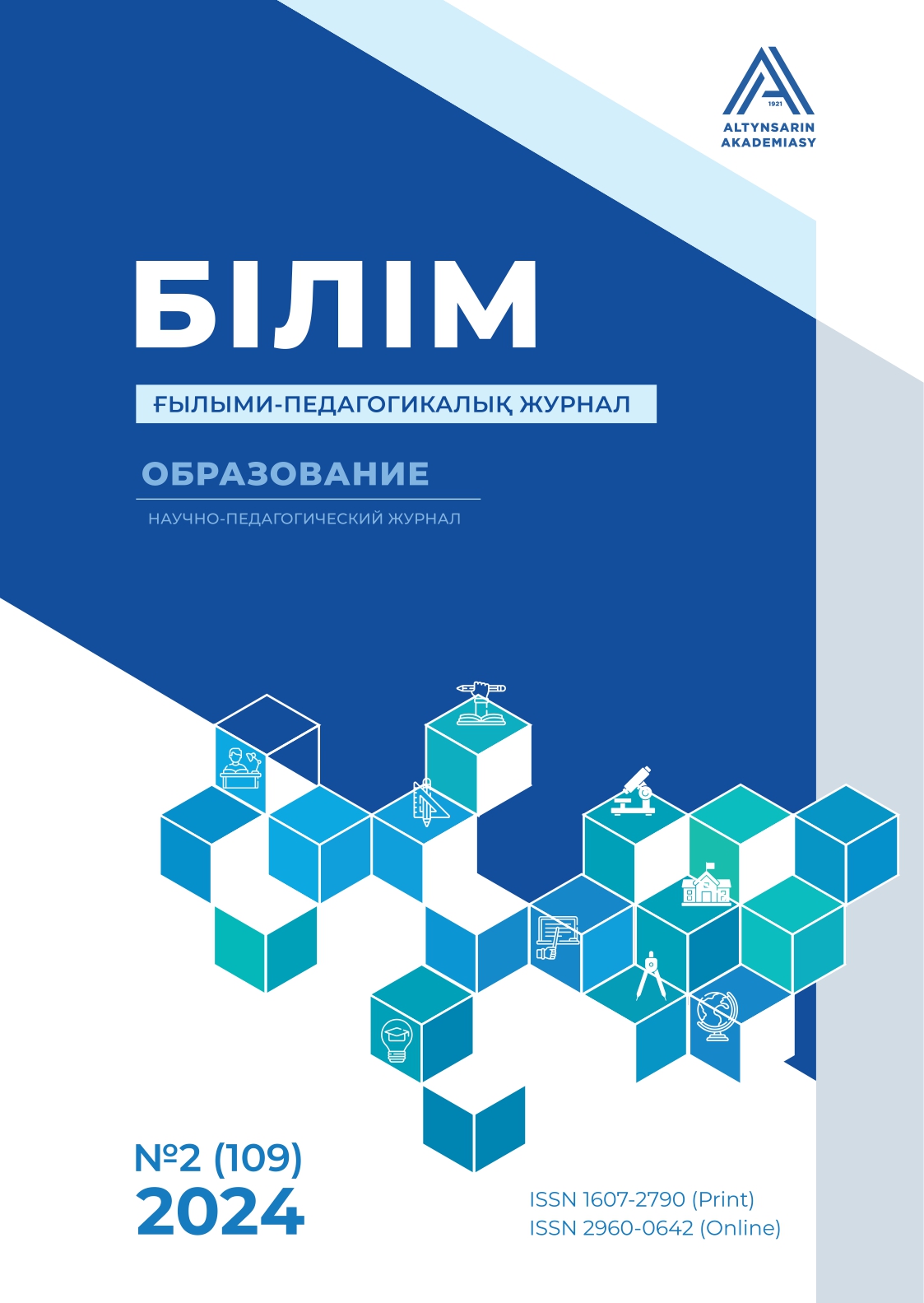The Effects of Interlingual Homonyms on the Teaching Process in Teaching Turkish to Foreigners: Turkish-Russian Example
DOI:
https://doi.org/10.59941/2960-0642-2024-2-23-32Keywords:
Teaching Turkish to foreigners, homophones, bilingual learning, Russian, language teachingAbstract
In the process of language teaching, homonyms have important effects on foreign language learners. The reasons for the emergence of homonyms are very diverse. Although this situation is mostly due to the complex developmental processes of languages, the mutual influence of languages from time to time or their own developmental process has led to this situation. In this article, the effect of words with different meanings but the same spelling and pronunciation between Turkish and Russian on teaching Turkish to foreigners is analysed. Such words can lead to misunderstanding and errors in the learning process. The study aims to address the difficulties Russian learners of Turkish experience when they encounter these words, the effects of these words on teaching strategies and how these difficulties can be overcome. It is also necessary to determine how homophones constitute an advantage or disadvantage in language teaching. Qualitative research methods were used in this study. In the study, grammar and vocabulary analyses were made using the comparative linguistics method, and strategies that can be applied in the teaching process were discussed. The data obtained from observations with Russian native speakers learning Turkish and literature review were analysed. The limitations of the study include the fact that only native Russian speakers and homonyms between Turkish and Russian were analysed.
 ҚАЗ
ҚАЗ РУС
РУС ENG
ENG
